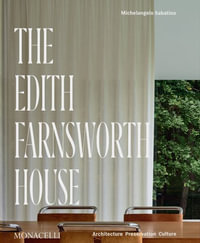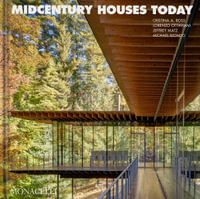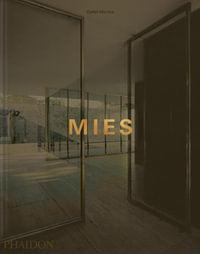
The Accidental Palace
The Making of Yildiz in Nineteenth-Century Istanbul
By: Deniz Turker
Hardcover | 23 May 2023
At a Glance
Hardcover
$349.75
Aims to ship in 10 to 15 business days
When will this arrive by?
Enter delivery postcode to estimate
This book tells the story of Yıldız Palace in Istanbul, the last and largest imperial residential complex of the Ottoman Empire. Today, the palace is physically fragmented and has been all but erased from Istanbul's urban memory. At its peak, however, Yıldız was a global city in miniature and the center of the empire's vast bureaucratic apparatus.
Following a chronological arc from 1795 to 1909, The Accidental Palace shows how the site developed from a rural estate of the queen mothers into the heart of Ottoman government. Nominally, the palace may have belonged to the rarefied realm of the Ottoman elite, but as Deniz T rker reveals, the development of the site was profoundly connected to Istanbul's urban history and to changing conceptions of empire, absolutism, diplomacy, reform, and the public. T rker explores these connections, framing Yıldız Palace and its grounds not only as a hermetic expression of imperial identity but also as a product of an increasingly globalized consumer culture, defined by access to a vast number of goods and services across geographical boundaries.
Drawn from archival research conducted in Yıldız's imperial library, The Accidental Palace provides important insights into a decisive moment in the palace's architectural and landscape history and demonstrates how Yıldız was inextricably tied to ideas of sovereignty, visibility, taste, and self-fashioning. It will appeal to specialists in the art, architecture, politics, and culture of nineteenth-century Turkey and the Ottoman Empire.
Industry Reviews
ISBN: 9780271093918
ISBN-10: 0271093919
Series: Buildings, Landscapes, and Societies
Published: 23rd May 2023
Format: Hardcover
Language: English
Number of Pages: 296
Audience: Professional and Scholarly
Publisher: PENN STATE UNIVERSITY PRESS
Country of Publication: US
Dimensions (cm): 25.4 x 22.9 x 2.7
Weight (kg): 1.38
Shipping
| Standard Shipping | Express Shipping | |
|---|---|---|
| Metro postcodes: | $9.99 | $14.95 |
| Regional postcodes: | $9.99 | $14.95 |
| Rural postcodes: | $9.99 | $14.95 |
How to return your order
At Booktopia, we offer hassle-free returns in accordance with our returns policy. If you wish to return an item, please get in touch with Booktopia Customer Care.
Additional postage charges may be applicable.
Defective items
If there is a problem with any of the items received for your order then the Booktopia Customer Care team is ready to assist you.
For more info please visit our Help Centre.























